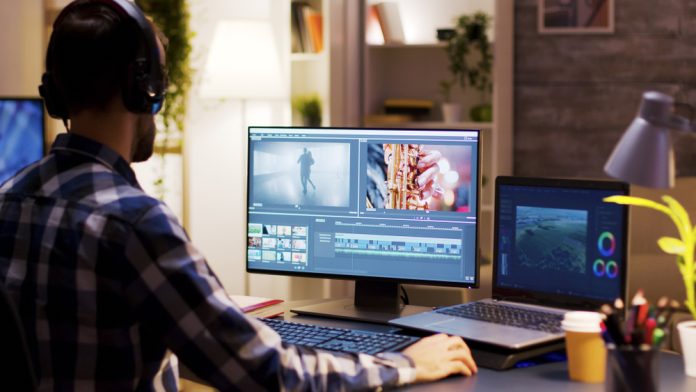
Training videos are the perfect way to educate your employees, partners, or customers about important information. Such videos are helpful whether you’re launching a new product, teaching them how to use specific software, or training them for emergencies.
But have you ever wondered why training video production costs vary so much? Undoubtedly, producing high-quality videos can be expensive, but understanding the factors contributing to those costs is essential. This comprehensive guide will demystify everything from pre-production planning to post-production editing and give you an idea of what budget you need for your next training video project.
Pre-Production Planning
Before creating any sort of content, it’s crucial to plan properly. The same goes for training video production. Ensuring all video objectives are outlined in detail is vital when creating a storyboard. Setting goals helps the client and the production team craft a tailored solution that suits their needs perfectly.
Furthermore, conducting thorough market research guarantees that the content has been optimized for maximum impact on target viewers. Hiring branding consultants specializing in visual design makes sense if your company has no existing brand guidelines, as they help retain consistency throughout the entire ecosystem.
All these steps have implications for video production costs requiring time and money allocation from manpower and other resources.
Script Writing
When it comes down to writing scripts, people must remember how important they are. They allow individuals involved in script creation (screenwriters or instructional designers) greater freedom and creativity rather than just directing them about the number of shots per scene etc.
However, great scripts show precisely where cost management must come into play by determining the following:
- Duration of each shot
- Location
- Required equipment
- Actors needed
A smartly constructed script gives cost certainty by determining exactly what actors need CGI effects creating vs trained props, saving hours spent doing additional makeup, hairdos, and other naturally occurring physical features. In the embedded video below, you will have the opportunity to delve into the intricacies of scripting videos with the purpose of enhancing the learning experience.
<iframe width=”560″ height=”315″ src=”https://www.youtube.com/embed/7MSKE3_E1xI” title=”YouTube video player” frameborder=”0″ allow=”accelerometer; autoplay; clipboard-write; encrypted-media; gyroscope; picture-in-picture; web-share” allowfullscreen></iframe>
Cast and Crew
The cast of production refers to actors within the film’s context, while the crew denotes people responsible for filmmaking without appearing in on-screen credits. These are essential parts as they pull the audience in and give them an immersive experience by adding emotional depth.
Once again, careful consideration must be taken here about what you hope to achieve with your video training. Otherwise, casting high-profile actors would inflate video production costs beyond your budget requirements.
Locations
Shoot locales substantially affect how much it costs to produce content. A jungle scene would demand more than a nature reserve, or an open market would require soundproofing to minimize ambient noise levels.
Luxury hotels or indoors can decrease noise levels because floors absorb sound directly contrasted with shooting outside, where uncontrollable factors like wind and weather require additional equipment for stabilization that reduces the impact of these unsavory environmental conditions.
Equipment and Gear
Video is technique enough with cutting-edge camera technologies. Typically most organizations create their initial videos under archaic conditions utilizing their smartphones (android/iOS software edit). However, brands need professional-level tools sooner rather than later, from DSLRs to broadcasting-grade cameras paired with quality lighting setups that guarantee a crisp image even during night shoots. Additionally, complex editing software like Premiere Pro means that video production costs can swell exponentially.
Post Production Editing
Finally, post-production takes center stage once all filming has taken place – this is the editing part. Advanced special visual effects usually involve green screen compositing, meaning films must record each shot separately before layering those elements together during post-production. This can be done through scale-out animation processes with multiple participants across multiple places using assets from virtual libraries to increase prices depending on duration/details required and total COGS stats, so learn to always push for best-case scenario pricing if possible.
In conclusion, creating educational videos demands time and requires a series of expert skills that specialists should retain to ensure an optimal standard. Sometimes, certain video production costs seem initially expensive on paper but ultimately guarantee greater ROI and leave viewers satisfied with what they watched. It’s essential for companies to deeply understand how your training videos are being projected before proceeding with video creation efforts since it correlates directly with reception received when coursework is completed.



